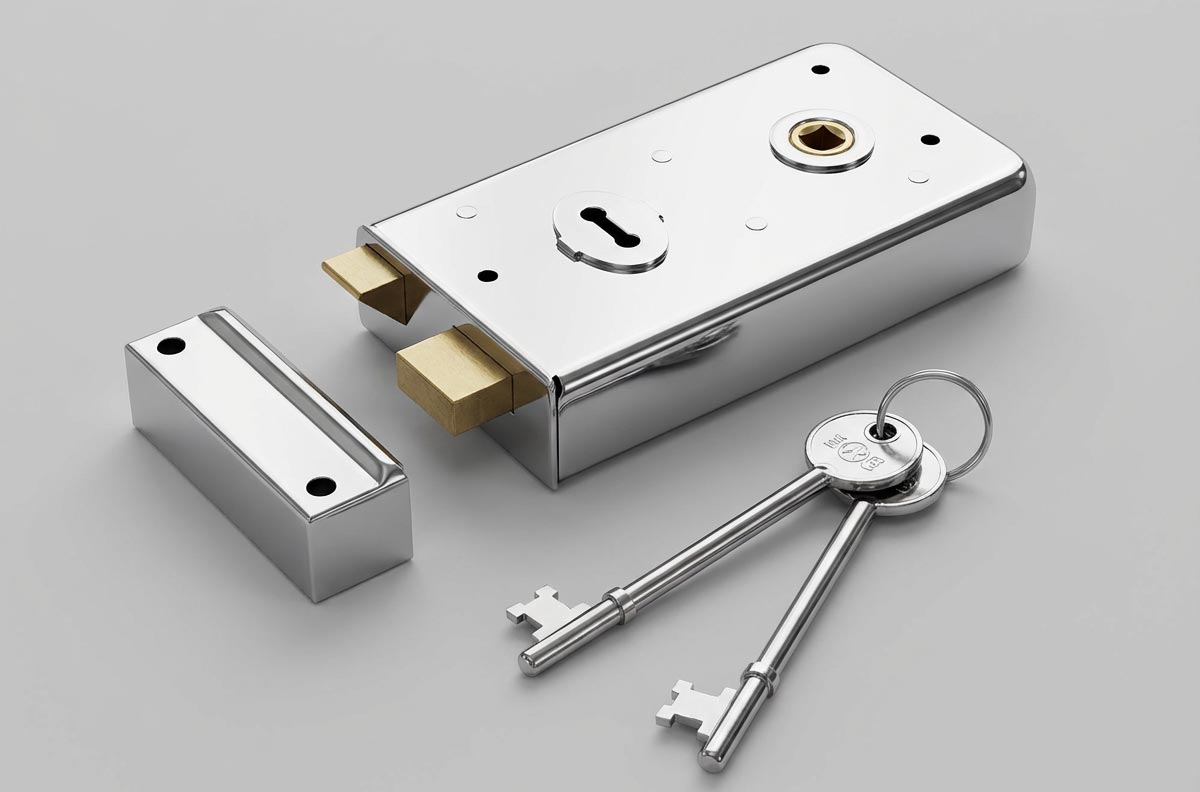Cookie Consent
Cookies help us to ensure our site functions and personalise your shopping experience.
Click ‘Accept All’ to get the best shopping experience. You can change these settings at any time by clicking ‘Manage Preferences’.

A rim door lock, also known as a rim lock, is a type of surface-mounted lock that is installed on the surface of a door rather than being mortised into the edge like a traditional latch or deadbolt. It's often used in conjunction with a night latch or other locking mechanism to provide additional security when installed on an entrance door. This type of lock was predominantly used in period properties before 1920.
A horizontal door lock is a type of lock mechanism that is mortised in a door. Unlike standard sash locks that are vertical in design, meaning the locking mechanism is below the latch assembly for use with door handles on a plate, horizontal door locks have the lock and latch mechanism inline, horizontal, which is installed typically near the middle portion of the door. These locks are commonly used in older period properties with door knobs.
Here are some key features of rim door locks:
Surface-mounted: Rim locks are installed on the surface of the door, typically on the inside surface, and are visible from one side of the door.
Latch mechanism: They usually consist of a latch bolt that extends from the lock body and engages with a strike plate mounted on the door frame or jamb to keep the door closed.
Key-operated: Rim locks often include a key-operated cylinder, allowing the door to be locked and unlocked from the exterior using a key.
Additional security: Rim locks are commonly used in conjunction with other locking mechanisms, such as night latches, to provide enhanced security for external doors.
Rim locks are versatile and are installed mainly on wooden doors. They are commonly found in both residential and commercial settings due to their reliability and ease of installation. However, they may not offer the same level of security as mortise locks or deadbolts, so they are often used in conjunction with other locking mechanisms for added protection.
Horizontal Bathroom door lock
Available in all popular sizes and finishes